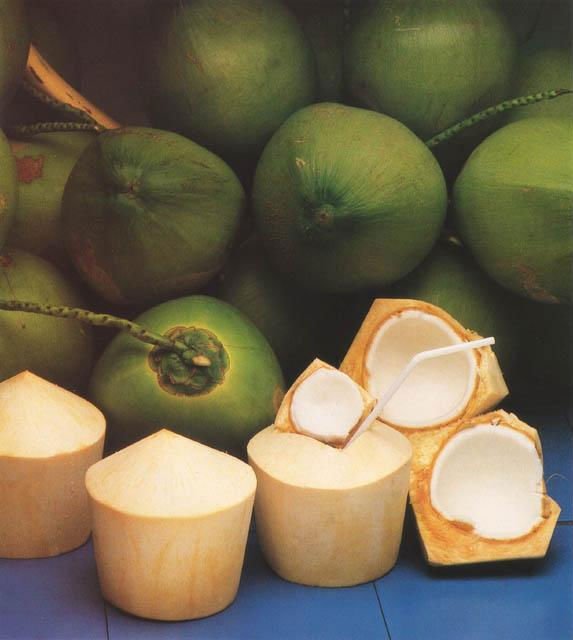Harvesting Savings: Your Ultimate Guide to Buying Agricultural Products
Buying agricultural products can be a rewarding experience, whether you are a seasoned farmer, an avid gardener, or simply someone interested in adding fresh produce to your life. With the growing emphasis on sustainability and local sourcing, understanding how to navigate the market for agricultural products is more important than ever. This guide aims to provide you with essential tips and insights that will help you make informed decisions and enjoy the benefits of high-quality products.
From choosing the right seeds to finding the best fertilizers, the world of agricultural products offers a vast array of options. Knowing where to shop and what to look for can make all the difference in your yield and overall satisfaction. This guide will equip you with the knowledge you need to effectively shop for agricultural products, ensuring that you maximize both your savings and the success of your agricultural ventures.
Understanding Agricultural Products
Agricultural products are the various goods produced through farming and cultivation practices. This includes crops such as fruits, vegetables, grains, and nuts, as well as livestock products like meat, dairy, and eggs. Understanding the different types of agricultural products is essential for consumers, as it helps them make informed decisions about their purchases based on quality, seasonality, and nutritional value.
In addition to fresh produce and animal products, agricultural products also encompass processed goods. These are items that have undergone various levels of processing, such as canned vegetables, frozen fruits, and dairy products like cheese and yogurt. Processing can enhance the shelf life and convenience of these products but may also impact their nutritional profile, making it important to read labels and understand what is being consumed.
The sustainability and sourcing of agricultural products have become increasingly significant for consumers. Choosing locally grown and organic products not only supports local economies but also often results in fresher options. Moreover, awareness of farming practices, such as the use of pesticides and fertilizers, helps consumers align their purchases with their values, making informed choices that benefit both their health and the environment.
Key Factors in Purchasing
When considering the purchase of agricultural products, it is essential to assess the quality of the items being offered. High-quality products often result from sustainable farming practices and careful selection. Look for certifications and quality guarantees that indicate the products meet certain standards. Additionally, consider the freshness of the items, as this can greatly affect their taste and nutritional value. Engaging local farmers or suppliers can often lead to fresher options that have not undergone extensive transportation.
Price is another crucial element in the buying process. While it may be tempting to go for the cheapest option available, it is important to balance cost with quality. Compare prices from different suppliers to ensure you are getting the best value for your money. Keep an eye out for any possible discounts or bulk purchase options that might be available, as these can help maximize savings when buying agricultural products.
Finally, understanding the source of the agricultural products can influence your purchasing decision. It is beneficial to know where the products come from, as this can provide insight into the farming practices used and the ethical implications of your purchase. Building relationships with growers or suppliers who prioritize sustainable practices can lead to not only consistent quality but also a positive impact on the community and the environment.
Maximizing Your Savings
When it comes to purchasing agricultural products , being strategic can lead to significant savings. Start by researching local producers and farmers markets. Buying directly from the source often reduces costs, as there are no middlemen involved. Engaging with local producers can also yield fresher products and foster community relationships. Look for seasonal items, as they are usually cheaper and more abundant when they are harvested.
Another effective method to save is to buy in bulk. Many suppliers offer discounts for purchasing larger quantities, which can lower the per-unit price considerably. This is particularly advantageous for staple items like grains or dried fruits. Consider joining a cooperative or a buying group where members pool resources to make bulk purchasing even more economical. Not only does this cut down on costs, but it also helps support local agriculture.
Lastly, keep an eye on sales and promotions both online and in-store. Many retailers offer seasonal discounts or special deals on agricultural products that can significantly decrease your overall spending. Sign up for newsletters from local farms or grocery stores to stay informed about upcoming sales. Utilizing loyalty programs can also be a wise choice, as many stores provide rewards that can lead to long-term savings on your agricultural purchases.
